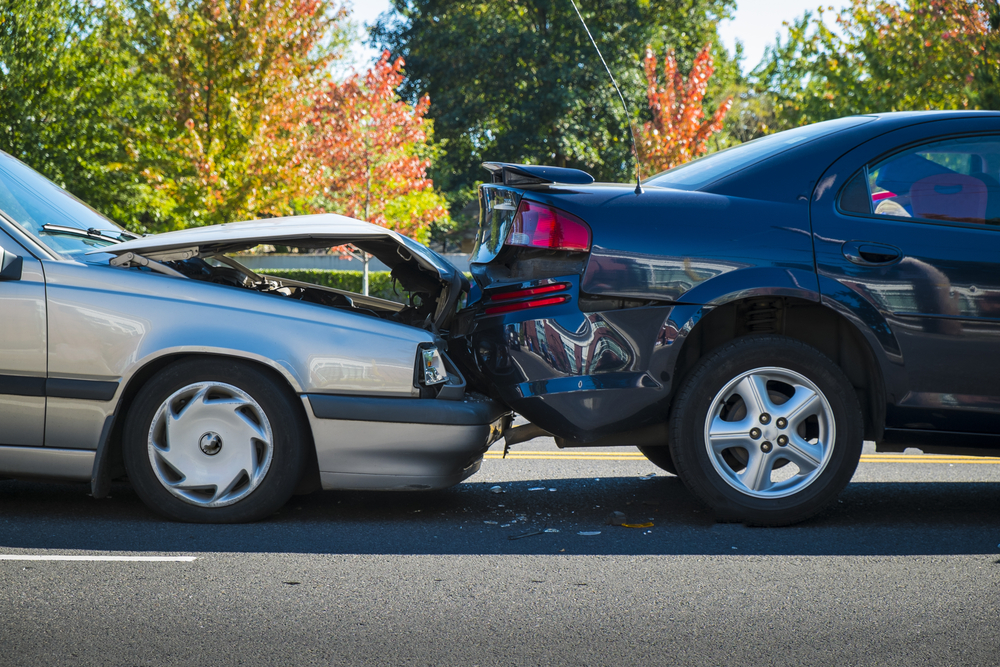
What is Negligence in Personal Injury Cases?
Negligence is an important factor in personal injury cases because it is used to determine fault of the accident and resulting injuries or death. In order to determine negligence, you must follow the 4 elements of negligence. Once it is determined, the at-fault party is held legally responsible. We want to share more about what negligence is, how it affects personal injury cases, and how to prove negligence.
What is Negligence?
 In legal terms, negligence is defined as the failure to act in a careful, reasonable manner that a normal person in those circumstances would act. In most situations, there is some sort of standard of duty people have to not cause harm to anyone. When this standard of duty is breached, then negligence occurs. For car accidents, the standard of duty is the laws of the state. In the medical field, the standard of duty is the oath they must take.
In legal terms, negligence is defined as the failure to act in a careful, reasonable manner that a normal person in those circumstances would act. In most situations, there is some sort of standard of duty people have to not cause harm to anyone. When this standard of duty is breached, then negligence occurs. For car accidents, the standard of duty is the laws of the state. In the medical field, the standard of duty is the oath they must take.
Elements of Negligence
For personal injury cases, the plaintiff (person who has been injured) must prove the defendant (person who caused harm) was negligent. In order to prove negligence, you must show that the defendant had a duty of care in the situation that led to your injuries through the 4 elements of negligence.
First, you must determine the duty of care. The duty of care varies from case to case, and attorneys look at each situation to determine what the duty of care is for that particular case. For example, anyone who drives on the road has a duty to follow the laws, rules, and regulations of where they are driving.
 Second, you will need to show that there was a breach of that duty of care. The party at fault did not act how a reasonable person in the same situation did, which resulted in breaching their duty of care. For our driving example, this could include texting and driving, driving under the influence, or driving over the speed limit.
Second, you will need to show that there was a breach of that duty of care. The party at fault did not act how a reasonable person in the same situation did, which resulted in breaching their duty of care. For our driving example, this could include texting and driving, driving under the influence, or driving over the speed limit.
After you show there was a breach of duty, you will need to show that the breach of duty led to your accident and injuries. In the driving example, you would show that the person who was texting and driving wasn’t paying attention, which led to hitting your vehicle and causing your injuries.
The final element of negligence is showing what your damages were as a result of the accident. An attorney can easily collect documentation showing what kind of damages you incurred and come up with the amount of compensation you deserve from those damages. These could be medical bills, loss of wages, vehicle damages, or pain and suffering.
Different Types of Negligence
 There are different types of negligence in personal injury cases. The negligence we have been talking about is general negligence, but there are a few other types of negligence.
There are different types of negligence in personal injury cases. The negligence we have been talking about is general negligence, but there are a few other types of negligence.
If a person is careless and displays a lack of concern for other people’s safety, they are displaying gross negligence. It is considered more serious than general negligence.
Another type of negligence is contributory. This is a defense the defendant uses to prevent the plaintiff from obtaining damages by showing that the plaintiff contributed to the accident.
The last type of negligence is comparative. This is another defense where the defendant tries to lower the amount of damages paid by claiming the plaintiff contributed to the accident. In Tennessee, the fault system is called modified comparative fault, which means the fault of the plaintiff must be 50% or less to recover any damages.
Now you know what negligence is, how to prove negligence happened, and the types of negligence there are. Do you believe you have a personal injury case that involved negligence? Contact one of our personal injury lawyers today to discuss your case.




